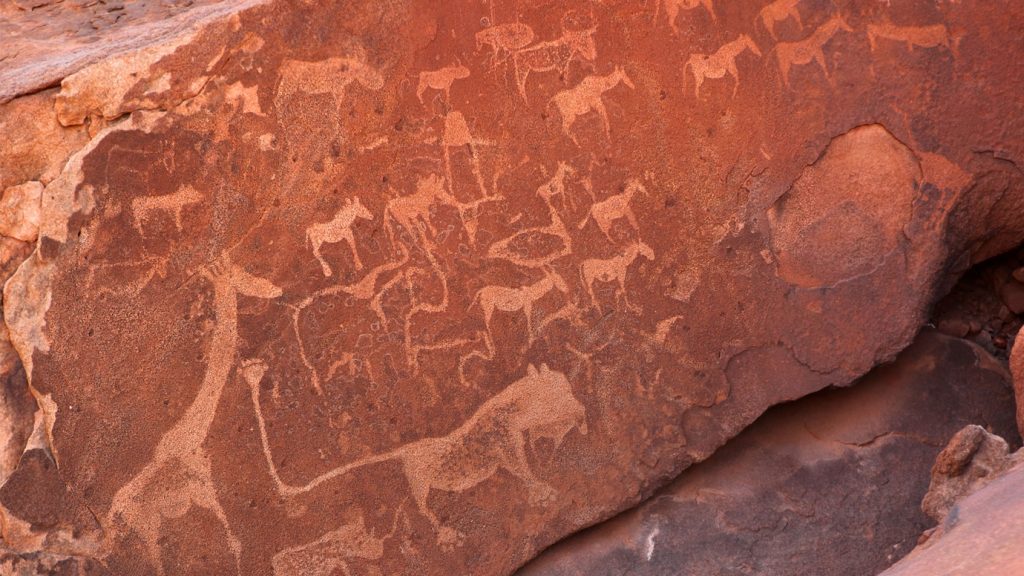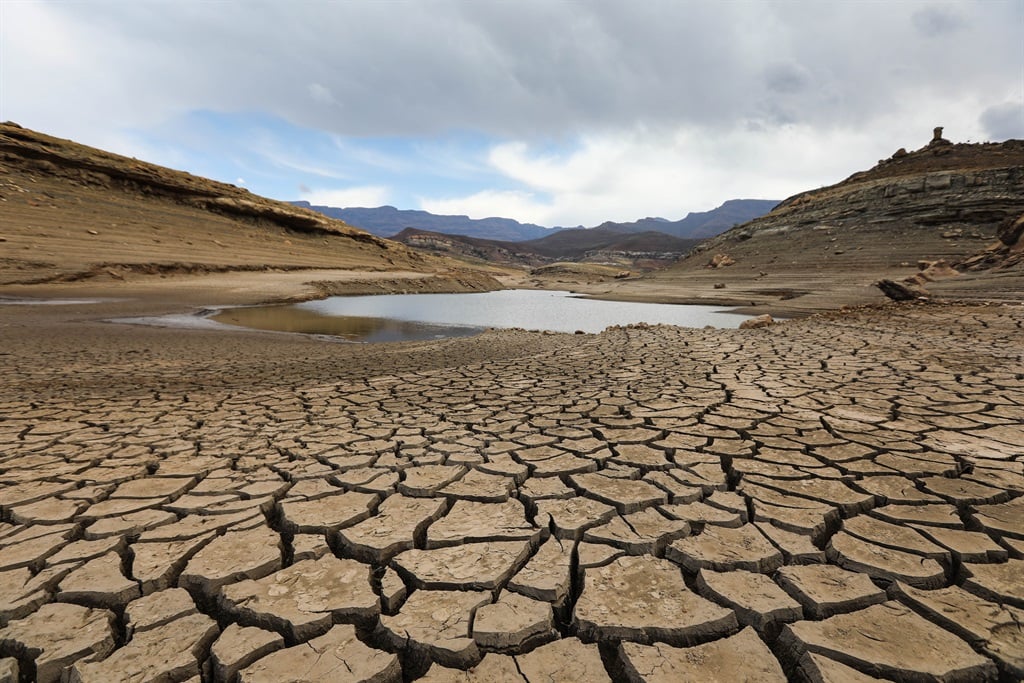As the sun rises over the vast expanse of Namibia’s arid landscapes, a remarkable journey begins—one that embodies the resilience of the natural world and the dedicated individuals who are striving to secure a future for one of the planet’s most endangered species. Join us as we explore the Black Rhino Custodianship Program in Namibia and ponder the future of the enigmatic black rhino.
Our journey commences in the capital city, Windhoek, where the passionate team at the Save the Rhino Trust (SRT) welcomed us. SRT has been at the forefront of black rhino conservation in Namibia for decades. They oversee the Custodianship Program, a groundbreaking initiative that empowers local communities to protect and conserve the black rhino, Diceros bicornis.
Namibia is home to the largest free-ranging population of black rhinos in the world, a testament to the country’s unwavering commitment to conservation. But it wasn’t always this way. Decades ago, black rhinos were on the brink of extinction due to poaching. However, through dedicated conservation efforts, their numbers have slowly increased, and the Custodianship Program plays a pivotal role in their survival.
Our journey took us deep into the rugged terrain of Damaraland, where the Custodianship Program is in full swing. We met with local community members who have become the guardians of these magnificent creatures. Their dedication to protecting the rhinos is not only a testament to their love for the land but also a shining example of community-based conservation.
The black rhino custodians work tirelessly to monitor and protect the rhinos. They track their movements, document their behavior, and ensure their safety from poachers. It’s a challenging and dangerous job, but their passion and commitment are unwavering.
One memorable encounter was with a custodian named Lena. Her weathered face told a story of years spent in the harsh Namibian wilderness. With a warm smile, she shared tales of her encounters with black rhinos and the pride she feels in contributing to their survival. Lena’s story is just one of many, highlighting the symbiotic relationship between local communities and the black rhinos.
Our journey continued into the wilds of Etosha National Park, where we had the privilege of witnessing these magnificent creatures in their natural habitat. The sight of a black rhino, with its powerful presence and prehistoric demeanor, is an awe-inspiring experience. It’s a reminder of the importance of conserving these ancient giants for future generations.
In our discussions with the team at SRT, we learned about the challenges and successes of the Custodianship Program. Poaching remains a constant threat, driven by the illegal trade in rhino horn. However, the Namibian government’s commitment to anti-poaching measures and community engagement has been instrumental in the program’s success.
The future of black rhinos in Namibia hinges on the continued collaboration between conservation organizations, government agencies, and local communities. The Custodianship Program is a shining example of how these partnerships can lead to tangible conservation outcomes. By empowering local custodians and providing them with the resources and training they need, black rhino populations are slowly but steadily rebounding.
As we reflect on our journey through the heart of black rhino country, one thing becomes abundantly clear: the future of these iconic creatures depends on our collective efforts. The Custodianship Program in Namibia serves as a beacon of hope, demonstrating that with determination, education, and community involvement, we can make a difference in the conservation of endangered species.
As travelers, it is our responsibility to support and promote sustainable tourism that contributes to conservation efforts. By visiting Namibia and experiencing the beauty of its landscapes and wildlife, we not only gain a deeper appreciation for the natural world but also contribute to the protection of these incredible creatures.
The black rhino custodians in Namibia are the unsung heroes of a conservation success story in the making. Their dedication and resilience offer hope for the future, not only for black rhinos but for the preservation of our planet’s rich biodiversity. It is a reminder that, even in the face of daunting challenges, we have the power to make a positive impact and secure a brighter future for all species that call Earth home.




